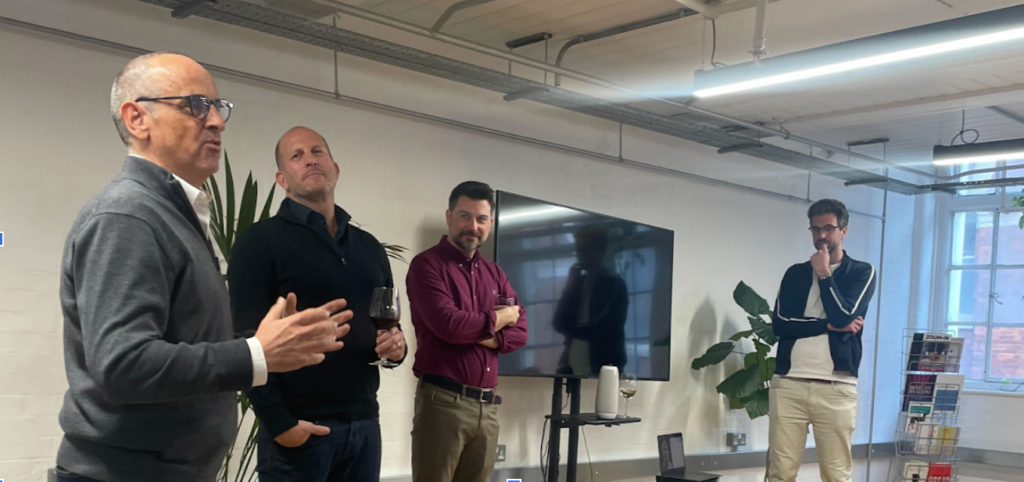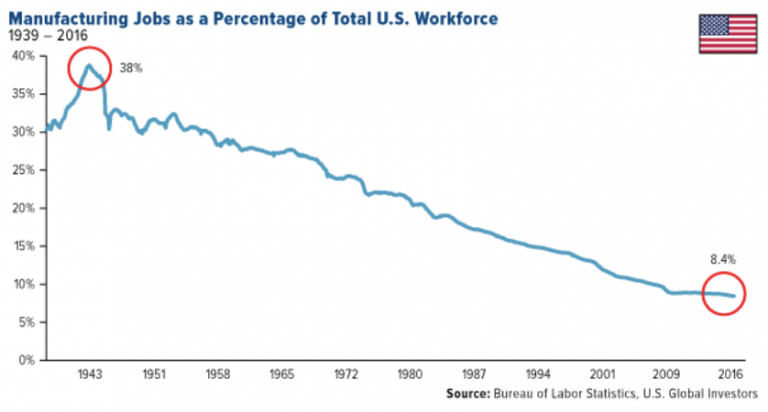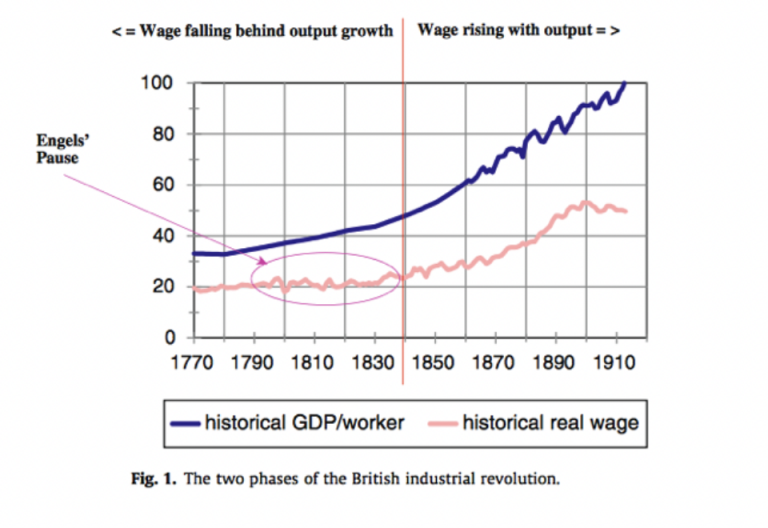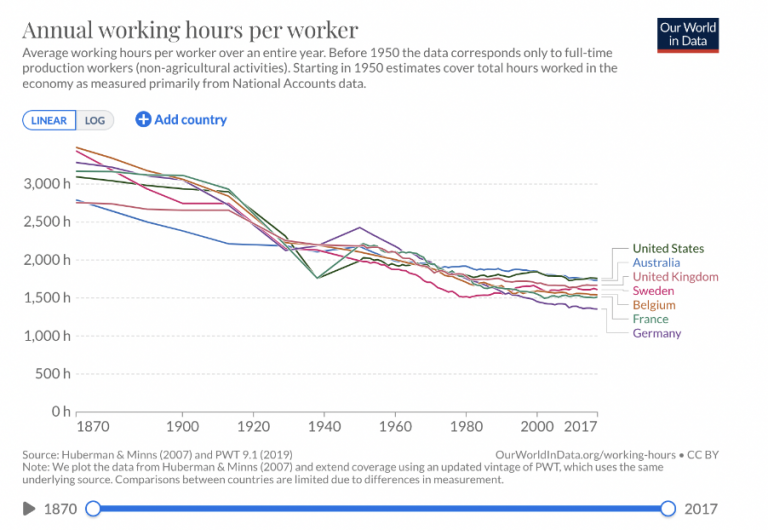On the 19th April, we (Alex Judd, Head of Insight at Clarity, and Michael Gonzalez, SVP – Corporate Strategy) were excited to join the CIPR’s April Drink N Think alongside Antony Cousins, Executive Director for AI Strategy at Cision, and Andy West, CIPR Chair and Managing Consultant of Westofcenter Consulting, hosted at our London office. The topic of this month’s debate was Generative AI – where will it take us ten years from now? And, how can we ensure a utopian future and not a dystopian nightmare?
In this summary, we’ll share some of the key outtakes from this very timely event. It’s a contentious subject at the moment, so we welcome your questions and comments – reach out here.

Change is usually scary
To kick off, the event reflected on the concept of change. We, as humanity, have seen many inventions and innovations cause huge periods of change. And a lot of the time, we’ve also feared these changes, ahead of them becoming integrated into society and considered the norm.
For example, Socrates and Plato despised writing in their oral culture, with the latter lamenting that, “writing is a step backwards for truth.” The printing press also caused great concern. Gottfried Wilhelm, a philosopher and mathematician, summed up those fears by saying, “the horrible mass of books that keeps growing might lead to a fall back into barbarism” As well,the New York Times even claimed that the telephone would make us, “nothing but transparent heaps of jelly to each other…”, as we’d never meet in-person again.
So there’s already some solace in history that we, as a species, do overcome. We’ve done it before, and we’ll do it again. But, it’s no easy ride.
What is Generative AI?
Ahead of exploring the event’s main outtakes, we’ll take a pause and provide a definition of Generative AI. By now, the majority of us will be aware of AI (Artificial Intelligence), alongside the fact that it’s quickly evolving to perform many actions we always thought would belong solidly to humanity. Generative AI is a subset of AI that is probably also the most well known, seeing as the infamous ChatGPT program fits under its umbrella. In simple terms, Generative AI describes algorithms that are able to create new content, including copy, images, videos, simulations, audio, and code.
If you’re interested in more of a deep-dive, check out this piece from McKinsey that explores Generative AI alongside ChatGPT and DALL-E, alongside the difference between Machine Learning and AI.
Historical learnings we can apply to AI
Generative AI was the focus of this CIPR debate because its specialisms are activities that creative professionals are proud to boast expertise in. For this reason, the perceived threat of a machine being able to replicate the art of writing or design has been sending huge shockwaves through the industry.
In the debate, we looked at the bigger picture. With wide scale change, there tend to be four associated trends impacting society that we should take as lessons to help us prepare for the impact of AI, and hopefully lessen any negative outcomes on human populations.
Lesson #1 – Sector Decimation.
Firstly, huge change tends to cause the decimation of certain sectors. Let’s look at agriculture as an example. In 1850, 60% of the US workforce was in agriculture, plummeting down to 5% in 1970. And it’s a similar story for manufacturing too, standing at 26% in 1960, to below 10% today. So, some sectors will be hit very hard: the latest thinking has retail, financial services, and more in sight, but we don’t quite know yet where these shifts will come from.

Lesson #2 – Creation outweighs destruction.
Despite this huge displacement, when looking at the past, overall employment continues to grow. In other words, the new industries and occupations that emerge from change outweighs displacement. McKinsey estimates that 15.8million new jobs have been created in the US since 1980 due to the rise of personal computers – and about 90% of those jobs use the PC itself.
Lesson #3 – A potentially tough time for wages.
If we look back at the industrial revolution in 19th Century England, average real wages stagnated for decades, even as productivity rose. In part, this was because during this period of exponential innovation, a lot of investment was needed to keep up with the pace of change, so the profits were channelled into that purpose. However, the lesson we should take from the gruelling 1800s is that it’s essential to find a balance between supporting innovation and greed; in Victorian England, wages only caught up after substantial policy reforms.

Lesson #4 – Continued erosion of the working week.
The average working week has reduced by nearly 50% since the 1900s. And with some companies already implementing a four day work-week, and more flexible working becoming the norm, this trajectory will likely continue as AI helps boost efficiency.

So, overall, at the event we concluded that historical learnings paint a picture saying, “this too will pass”. However, we need to ensure greed doesn’t take over as AI evolves, and that societal policy is able to keep pace with change to ensure our communities are protected.
How will AI affect communications?
On a more micro scale, as communications professionals there are things we can do to ensure we continue to prove value as AI encroaches on our specialisms. During the event, we discussed four areas that we can focus on to continue to show our value as humans, while AI augments our more manual tasks.
1. Original thought
Embedding original thought in everything from editorial copy to creative campaigns will be more important than ever. Ideas that stem from personal experiences and individual expertise can never be replaced.
2. Strategic problem solving
Understanding the end objective of a client or task, and designing a strategic approach that reaches the right audiences at the right time with the most efficient tactics is ultimately what our clients want the most from us. Human experience and intelligence is central to this.
3. Accountability
Understanding the importance of tracking and tracing where information comes from and double checking the sources of research is more critical than ever. AI is great at gathering vast amounts of information at rapid speed, but it’s essential to understand the origin and accuracy of the information to protect against mis and disinformation.
4. Regulation
Gaining a deeper understanding of the regulatory impact of AI on key areas such as copyright, bias and false information should be a top priority for comms professionals embracing its services. Using AI and not understanding the consequences could be painful.
If you have any questions about the outtakes from the event, or want to chat about how responsible AI could augment your marketing and communications work, please reach out.
MORE
INSIGHT
Fearless tactics to achieve your strategic success
As a consultancy, our full-funnel marketing and communications solutions are designed to fearlessly deliver business results across multiple industries and service areas.
